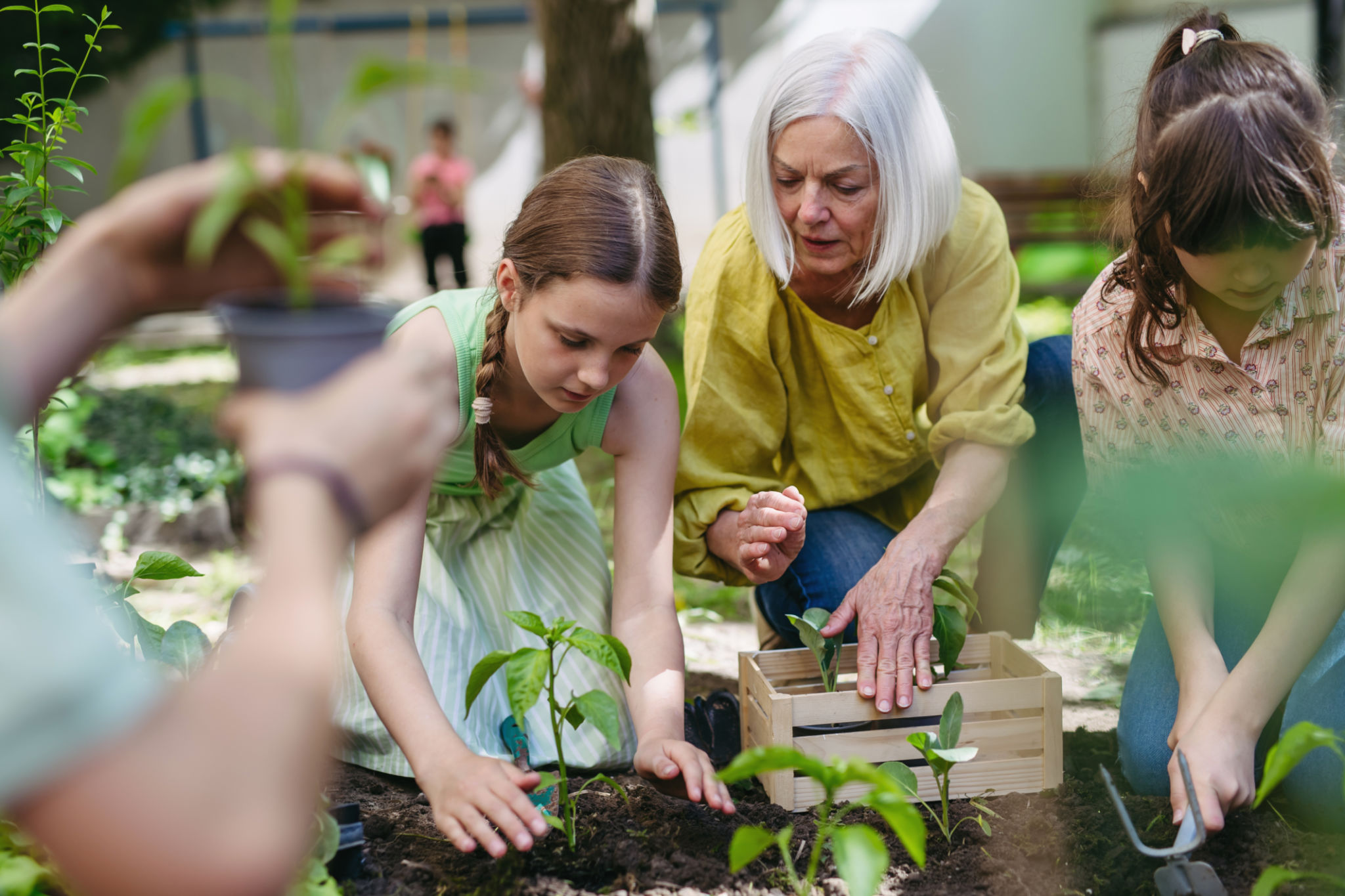Case Study: Creating a Sustainable Landscape in Urbandale
Introduction to Sustainable Landscaping
In recent years, the term sustainability has become an integral part of urban development and environmental conservation. This case study focuses on the remarkable journey of creating a sustainable landscape in Urbandale, a growing city that is committed to environmental stewardship.
Urbandale's initiative aims to transform conventional landscapes into eco-friendly environments that support local biodiversity, reduce water consumption, and enhance the aesthetic appeal of the city. The project serves as a model for other urban areas striving to balance development with ecological responsibility.

Challenges Faced in Urban Landscapes
Urban landscapes often confront several challenges, such as limited green spaces, high water usage, and environmental degradation. These issues are exacerbated by climate change and rapid urbanization, necessitating innovative solutions for sustainable development.
In Urbandale, one of the primary challenges was converting existing landscapes designed for beauty rather than sustainability. The city had to rethink its approach to landscaping, considering factors like native plant species, soil health, and climate adaptability.
Community Engagement and Education
A critical component of the project was community engagement. Educating residents about the benefits of sustainable landscaping was essential for gaining support and ensuring long-term success. The city organized workshops and seminars to inform citizens about sustainable practices and how they could contribute to the initiative.

Strategies Implemented
To achieve a sustainable landscape, Urbandale implemented several key strategies:
- Incorporating native plants that require less water and maintenance.
- Utilizing permeable materials for walkways and driveways to reduce runoff.
- Installing rain gardens and bioswales to manage stormwater naturally.
These strategies not only enhanced the city's green spaces but also improved the overall environmental health of the area. The focus on native flora helped in attracting local wildlife, thus boosting biodiversity.

Outcomes and Benefits
The results of Urbandale's sustainable landscaping project have been overwhelmingly positive. The city has seen a significant reduction in water usage and maintenance costs. Additionally, the use of native plants has led to an increase in local wildlife, creating a more vibrant ecosystem.
Residents have reported heightened satisfaction with the visual appeal of their surroundings, and there has been a noted improvement in air quality. These benefits underscore the importance of sustainable practices in urban planning and community development.
Lessons Learned
The success of Urbandale's project provides valuable insights for other cities looking to embark on similar journeys. Key lessons include the importance of community involvement, the need for adaptable solutions tailored to specific climates, and the long-term benefits of investing in sustainability.
This case study serves as a testament to what can be achieved when cities prioritize ecological health and community well-being. Urbandale's commitment to sustainability sets a benchmark for others aiming to create greener, more livable urban environments.